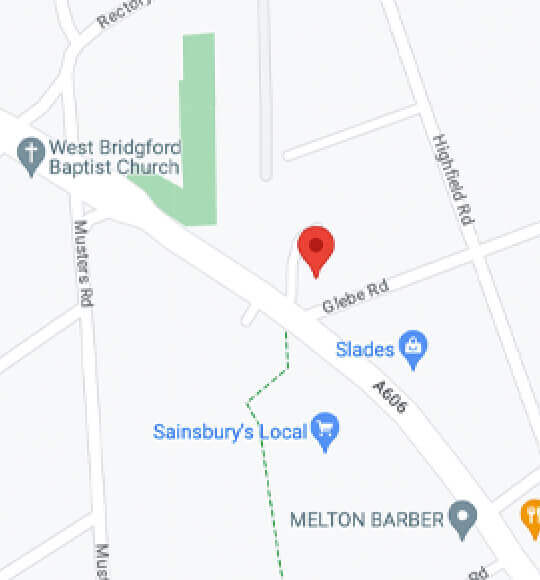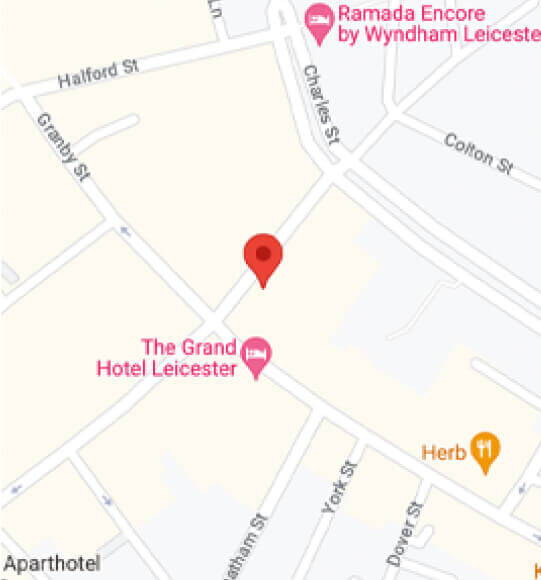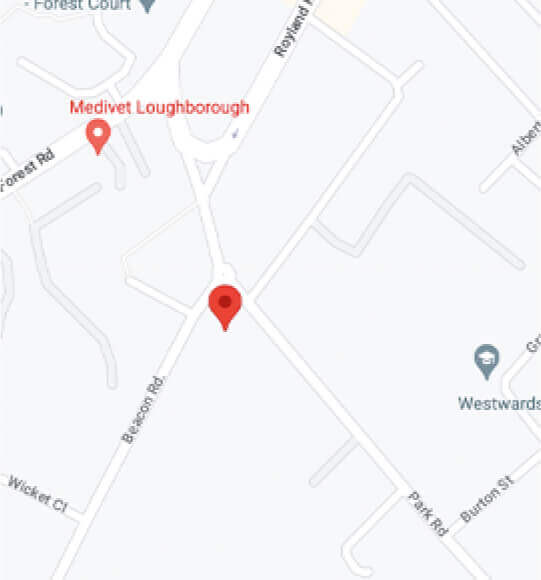You were probably taught to brush your teeth from a very young age, and it’s a task you’re likely to continue performing for the rest of your life. In fact, it’s such an important job that it’s recommended that a baby’s gums are cleaned before teeth ever emerge.
Cleaning your teeth isn’t just about keeping them white or making your breath smell better. We brush our teeth to ward off plaque and tartar —the presence of which could lead to tooth decay and gum disease.
So, what are plaque and tartar, and what can you do to get rid of them? Well, you can’t ever completely eradicate plaque from your mouth completely, but you can manage it better and reduce the chances of developing tartar.
Let’s look at what plaque and tartar are, what causes them, how they differ and what you can do to manage them both.
What Is Plaque?
Plaque is often part of the furniture in our mouths. It’s a clear sticky substance that coats your gums and teeth. It’s made up of a mixture of saliva, bacteria, and food particles.
We all have bacteria in our mouths. It’s a fact of life. Fortunately, not all of these countless bacteria are bad. Some aid digestion, while others actually help keep your breath fresh.
But then there are those bacteria that cause harm. These feed on sugar and starch in your diet and create acid. When this mingles into plaque that coats your teeth, that acid can gradually erode the tough outer layer of enamel that protects the tooth from harm.
These bacteria will always be there, so minimising the impact they have on your oral health is the best way to deal with them.
What Is Tartar?
Tartar, or dental calculus, is a hard yellow or brown substance that develops on your teeth, particularly along the gum line. It is plaque that has not been removed. Over time, the plaque calcifies and sticks tight to the tooth’s surface.
When it forms along the edge of the gums, it irritates them, causing inflammation, bleeding, and bad breath. This is gum disease. Untreated gum disease can lead to pockets forming below the gum line, deterioration of the jaw bone, and tooth loss.
Unlike plaque, tartar cannot be removed by brushing, flossing, or mouthwash.
How Do You Remove Plaque?
Removing plaque is an ongoing task that needs to be repeated frequently. Brushing your teeth when you wake up helps remove plaque buildup from the night. You should also brush your teeth before bed to remove plaque that’s built up throughout the day.
When brushing, choose a good quality brush and ensure it’s changed when it becomes worn or every three months. Electric toothbrushes are highly effective as they provide a thorough clean, provided you tackle every surface of every tooth. Manual toothbrushes are also effective if used well.
Using fluoride toothpaste will help strengthen your teeth and make them less susceptible to the damage bacteria can do.
Flossing helps remove plaque from between your teeth. We often neglect to clean between our teeth because we can’t easily reach these parts of our mouth. But microscopic bacteria can easily make their home in these tiny spaces.
Finally, rinsing your mouth using mouthwash will also help. Don’t do this immediately after brushing your teeth, as it removes the fluoride from your teeth. Instead, rinse at other times, like after meals.
How Do You Remove Tartar?
You should not attempt to remove tartar at home as you could damage your teeth and gums. Because it hardens on your teeth, we use special treatments to remove it. A scale and polish uses an ultrasonic scaler to loosen and break apart the dried-on calculus. This treatment is painless and is performed by our dental hygienist.
Other treatments that remove tartar can use jets or air, water, and particles. We may sometimes recommend root planing treatment. This involves removing tartar from below the gum line.
Checkups and Hygiene Appointments at Dental Suite
Checkups and hygiene appointments play a vital role in the fight against tooth decay and gum disease. During a checkup, we’ll monitor the effects plaque and tartar may have on your smile. We may recommend changes to your lifestyle and hygiene routine or treatments to address any issues we detect.
Call us today to book your next checkup or hygiene appointment.







